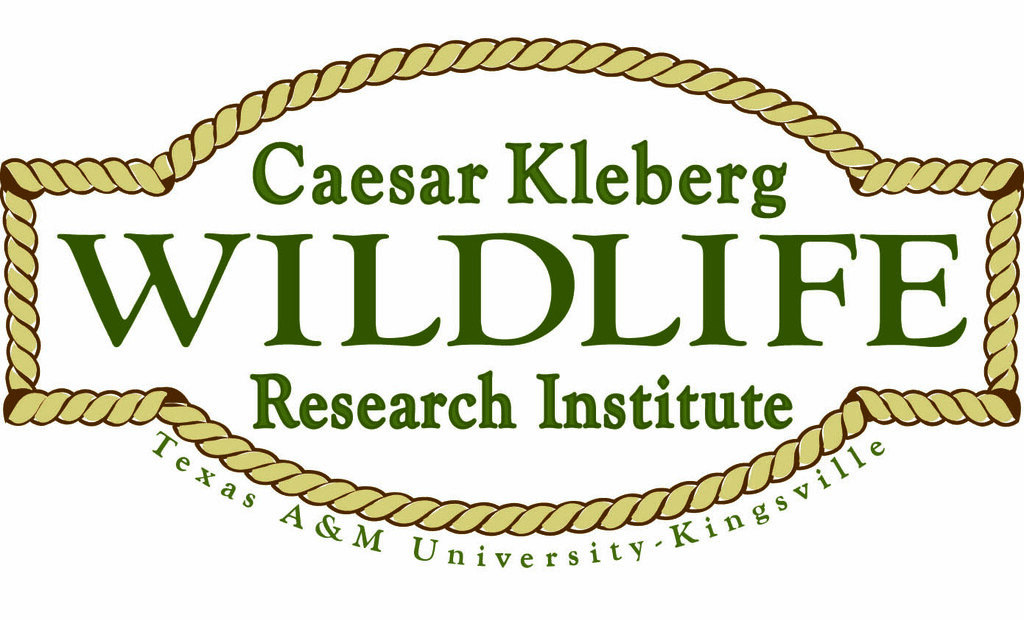
Whitetail Research Highlights
By Jason Shipman
The Caesar Kleberg Wildlife Research Institute (CKWRI) recently hosted its annual Deer Associates Meeting at the JW Marriott in San Antonio. Academics, wildlife professionals, landowners, and deer enthusiasts gathered to hear presentations highlighting the findings of current deer research.
Topics included sequencing the deer genome, use of water, Chronic Wasting Disease (CWD), and the effectiveness of Deer Management Permit (DMP) pens and supplemental feed.
Presentations included:
– “Sequencing The White-tailed Deer Genome – Implications For Understanding Antler Growth,” presented by Brian Dawson and Matthew Grol, Baylor College of Medicine. This study sequenced the deer genome in an effort to understand antler development on a cellular level. Understanding the fast growth and development of antlers has potential far-reaching implications in the medical field to include healing of bone and related skeletal issues.
– “The Deer Genome: From Molecules To Management,” presented by Randy DeYoung, CKWRI. This presentation examined the Baylor research for its use in deer management. Understanding the genetic makeup of deer can provide insightful answers to their lineages, how they’ve adapted, effects of past restoration and restocking efforts, culling and selection effectiveness, and disease management.
– “Deer Use Of Water Sources,” presented by Hunter Brooks, CKWRI. This study examined factors influencing water consumption of deer, and more specifically looked at age, season, and density related variables. Findings indicated water may be most important when managing for older deer with the highest demands occurring for does during times of gestation and lactation.
– “Things You May Have Heard About CWD,” presented by Charles DeYoung, CKWRI. This presentation examined some of the statements that have been broadcast through various media outlets regarding CWD.
– “The East-West Yana Project: Effectiveness Of DMP Manipulation On Antler Size And The Power Of Supplemental Feed,” presented by Stuart Stedman, Faith Ranch. This presentation examined data from an ongoing long-term study on the effectiveness of DMP pens; a popular management tool. Findings showed average scores of 5 ½-year-old and older bucks to be 10 inches greater in the treatment vs control areas.
– “The East-West Yana Project: Buck Mortality In Supplemental Feed Environment,” presented by Matthew Moore, Faith Ranch. This presentation focused on the effects of supplemental feed on mortality. Findings indicate that in a fed environment, mortality is lowered for deer surviving past 1 1/2 years. Older deer benefit as well, with data showing up to 84 percent of 5 ½-year-old bucks surviving to 8 1/2 years of age.
– “The East-West Yana Project: Insights Into The Spike Harvest Question,” presented by Stuart Stedman, Faith Ranch. This presentation focused on a dataset of known aged bucks and population dynamics. Yearling bucks with three points or less were generally found to be outperformed over time by multipoint yearling bucks. This dataset provides great information regarding the formation of harvest strategies.
We appreciate and applaud the efforts CKWRI makes in the field of wildlife research. CKWRI thanks its supporters along with the funding that make it all possible. Ongoing research projects continue to provide answers to our questions and have far-reaching practical applications to modern-day deer management. Visit the institute online for more information.



